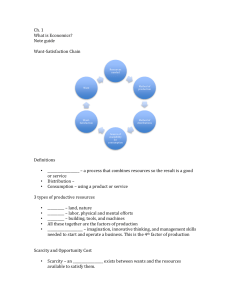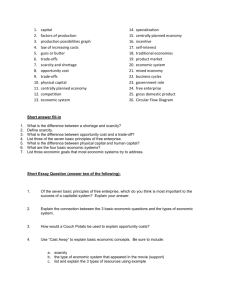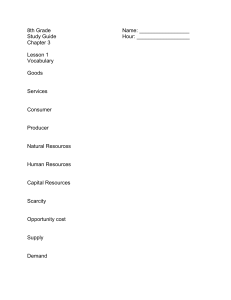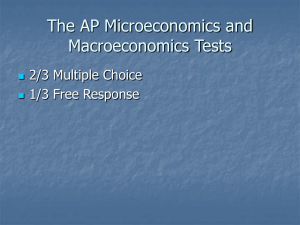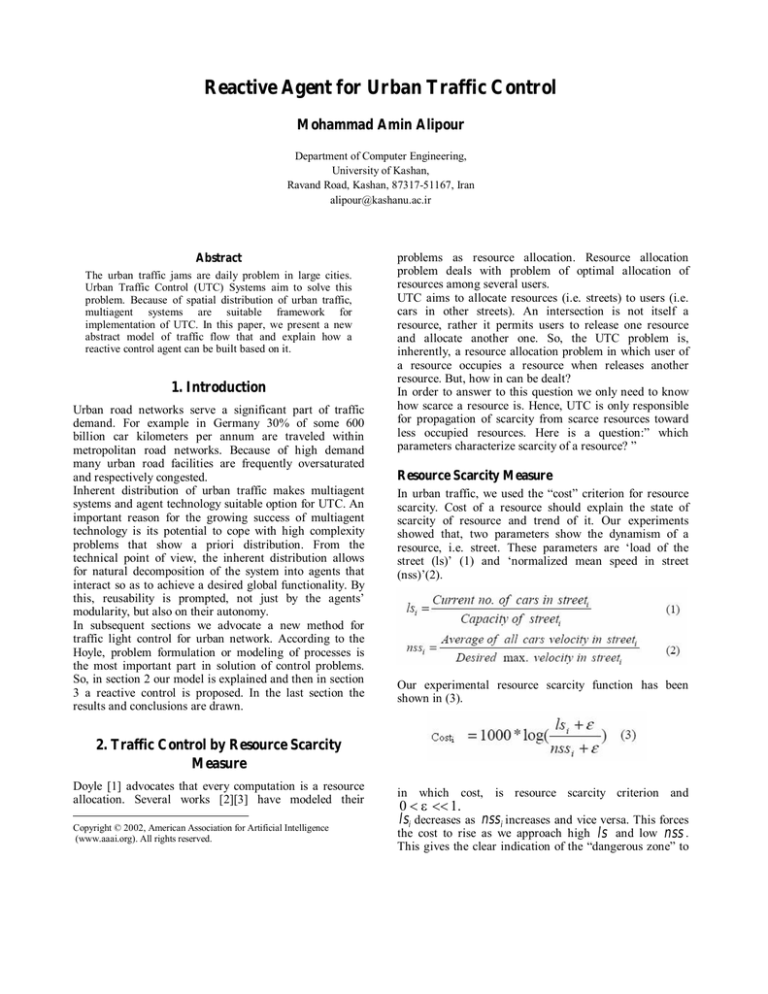
Reactive Agent for Urban Traffic Control
Mohammad Amin Alipour
Department of Computer Engineering,
University of Kashan,
Ravand Road, Kashan, 87317-51167, Iran
alipour@kashanu.ac.ir
Abstract
The urban traffic jams are daily problem in large cities.
Urban Traffic Control (UTC) Systems aim to solve this
problem. Because of spatial distribution of urban traffic,
multiagent systems are suitable framework for
implementation of UTC. In this paper, we present a new
abstract model of traffic flow that and explain how a
reactive control agent can be built based on it.
1. Introduction
Urban road networks serve a significant part of traffic
demand. For example in Germany 30% of some 600
billion car kilometers per annum are traveled within
metropolitan road networks. Because of high demand
many urban road facilities are frequently oversaturated
and respectively congested.
Inherent distribution of urban traffic makes multiagent
systems and agent technology suitable option for UTC. An
important reason for the growing success of multiagent
technology is its potential to cope with high complexity
problems that show a priori distribution. From the
technical point of view, the inherent distribution allows
for natural decomposition of the system into agents that
interact so as to achieve a desired global functionality. By
this, reusability is prompted, not just by the agents’
modularity, but also on their autonomy.
In subsequent sections we advocate a new method for
traffic light control for urban network. According to the
Hoyle, problem formulation or modeling of processes is
the most important part in solution of control problems.
So, in section 2 our model is explained and then in section
3 a reactive control is proposed. In the last section the
results and conclusions are drawn.
problems as resource allocation. Resource allocation
problem deals with problem of optimal allocation of
resources among several users.
UTC aims to allocate resources (i.e. streets) to users (i.e.
cars in other streets). An intersection is not itself a
resource, rather it permits users to release one resource
and allocate another one. So, the UTC problem is,
inherently, a resource allocation problem in which user of
a resource occupies a resource when releases another
resource. But, how in can be dealt?
In order to answer to this question we only need to know
how scarce a resource is. Hence, UTC is only responsible
for propagation of scarcity from scarce resources toward
less occupied resources. Here is a question:” which
parameters characterize scarcity of a resource? ”
Resource Scarcity Measure
In urban traffic, we used the “cost” criterion for resource
scarcity. Cost of a resource should explain the state of
scarcity of resource and trend of it. Our experiments
showed that, two parameters show the dynamism of a
resource, i.e. street. These parameters are ‘load of the
street (ls)’ (1) and ‘normalized mean speed in street
(nss)’(2).
Our experimental resource scarcity function has been
shown in (3).
2. Traffic Control by Resource Scarcity
Measure
Doyle [1] advocates that every computation is a resource
allocation. Several works [2][3] have modeled their
Copyright © 2002, American Association for Artificial Intelligence
(www.aaai.org). All rights reserved.
in which cost, is resource scarcity criterion and
0 < ε << 1.
lsi decreases as nssi increases and vice versa. This forces
the cost to rise as we approach high ls and low nss .
This gives the clear indication of the “dangerous zone” to
avoid, while at the same time encouraging a relatively
high utilization.
3. Results
Reactive Agents for Urban Traffic Control
(RAUTC)
Intersections are places in which a resource could be
released or allocated. Thus, the control agents should
stand at them. Actions of a RAUTC will make changes in
environment, i.e. streets connecting to the intersection.
The changes could be categorized as:
1. Bettering changes
2. Worsening changes
Action of RAUTC is passage permission to a street and
closing others. We expect that cost of open street be
decreased and cost of closed and downstream streets
increased. Therefore, the state changes measured by 4, and
the environment changes are classified by 5.
State Change=Min{ ∆ costopen streets}+Max{Max{ ∆ cost
}, Max{ ∆ cost downstream streets }}
(4)
RAUTC has been compares with pre-timed intersection
control (PIC). The controls have been applied in urban
traffic micro-simulator based on [4]. Fig. 2 shows the
comparison of RAUTC with PIC with two timing t=50 sec
and t= 120 sec. The results show superiority of RAUTC to
PIC.
closed
streets
Actions of a RAUTC should obey the environment control
restrictions; that includes:
1. Control strategy of an intersection defines order
of streets signal changes.
2. The street green light length must be between
[minimum standard green time, maximum
standard green time].
By use of above criterion, RAUTC control algorithm only
reacts to environment changes in order to prohibit the
worsening changes.
RAUTC architecture constituents as shown in fig. 1 are:
1. Action selection module that is responsible for taking
action respecting to state change evaluation and control
strategy.
2. State change measurement module that measures the
intersection state changes.
3. Evaluation module in which determines whether the
changes are bettering or worsening.
4. Control strategy exploration module that gathers all
daylong state changes by every control strategy and
chooses most suited one as permanent control strategy of
RAUTC.
Fig.1 Internal Structure of a RAUTC
Fig.2. (a)evaluated topology (b) results
4. Conclusion
In this paper, we showed that a resource scarcity measure
can be employed to build a reactive control agent. The
reaction algorithm is similar to control methods via
feedback. The feedback of RAUTC is a quantized value of
resource scarcity. RAUTC knows that its actions make
changes in its environment, hence classifies changes to
bettering changes and worsening changes. It assumes
prohibiting worsening changes is itself a bettering change.
RAUTC algorithm is somewhat greedy. This reactive
approach is time-efficient but it may be unable to reach the
optimal situation if it trapped in local cost fluctuations.
References
[1] Doyle, R, A Reasoning Economy for Planning and
Replanning, ARPA Planning Workshop, 1994
[2] Feigenbaumm J, et al , Sharing the Cost of Multicast
Transmission, Journal of Computer and System Sciences
63 (2001)
[3] Dutta, A, et al, Obvious AQM and Nash Equilibria,
IEEE Infocom, CA, IEEE, 2003
[4] Hidas, P, Modeling lane changing and merging in
microscopic traffic simulation, Transportation Research
Part C 10, 2002


